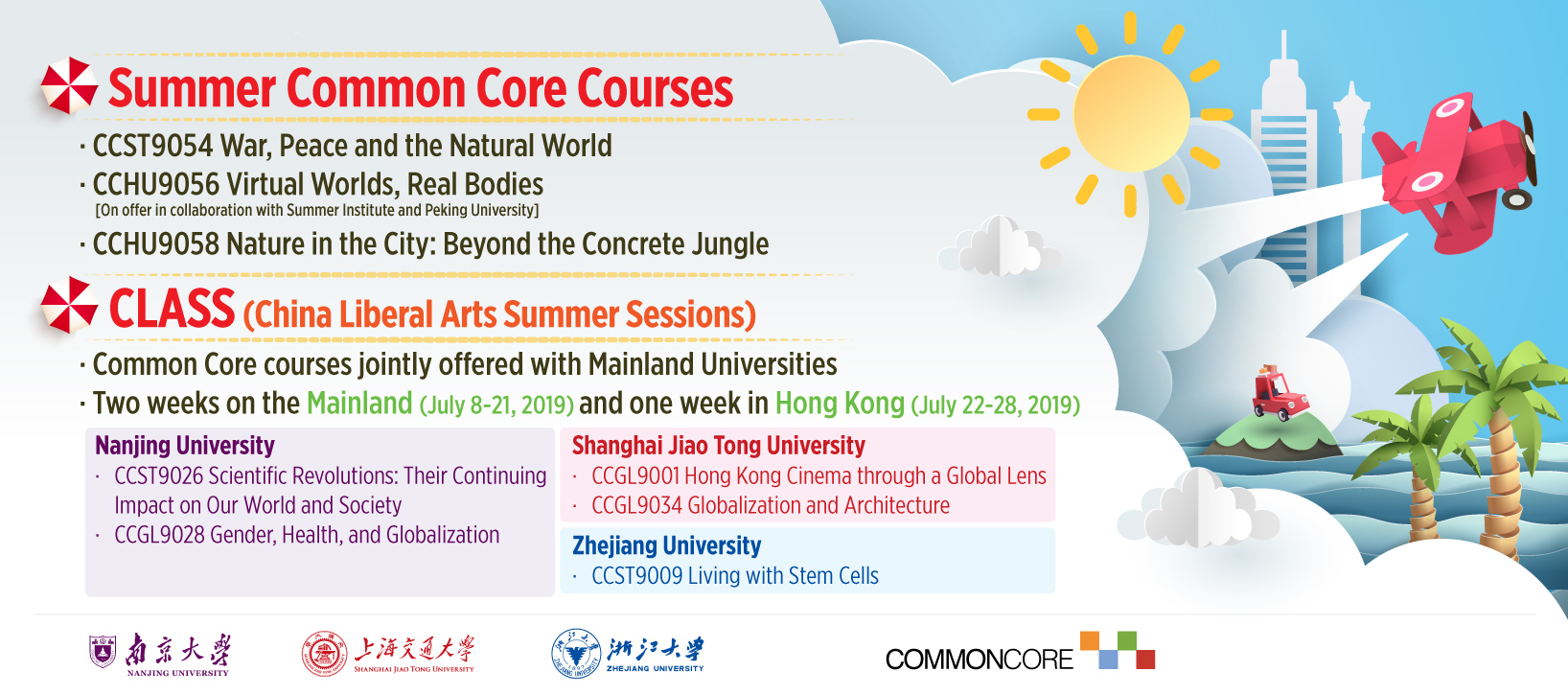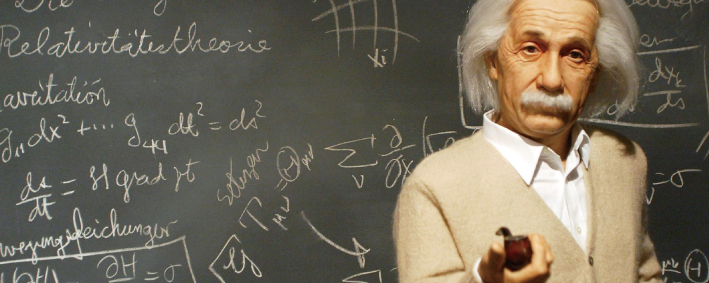Common Core Courses on Offer in the 2019 Summer Semester
 |
CCHU9058 HumanitiesNature in the City: Beyond the Concrete Jungle[This course is under the thematic cluster of ‘Sustaining Cities, Cultures, and the Earth’.] |
Course Description
[This is a certified Communication-intensive (CI) Course which meets all of the requirements endorsed by HKU’s Senate, including (i) the teaching and assessment of written, visual and digital communication ‘literacies’; and (ii) at least 40% of the course grade assigned to communication-rich assessment tasks.]
Nature and the city are frequently, but not always, in conflict. This course explores our relationship with the natural environment using the urban built infrastructure, cultural habits and traditions, and the creative arts to provide a framework for the students’ exploration of the intersection between the natural world and our urban environment
- Survey – The human relationship with nature in the urban context:
First, we will look for evidence of nature in the city, at different scales, and observe both our attempts to replicate or enhance nature and our attempts to exclude or suppress it (both of which are often unsuccessful). - Analysis – How that relationship influences the form of the city:
We will then critically explore the relationship between development and nature in the urban context, using an understanding of natural laws to investigate how cultural traditions, perceptions, and meanings, and the realities of urban infrastructure, lifestyle and economics, complement or flout those laws. - Design – Using an understanding of that relationship as a basis for articulating issues and ideas:
Finally, we will apply our observations and understanding of nature in the city to develop techniques, analyses, and metaphors, to illustrate and communicate issues related to other disciplines and to a variety of public stakeholders.
The course assignments include the production of a group video and a metaphorical poster, however artistic experience or ability is not a pre-requisite of the course. Support and guidance for these elements will be provided as part of the course lectures, tutorials and demonstrations.
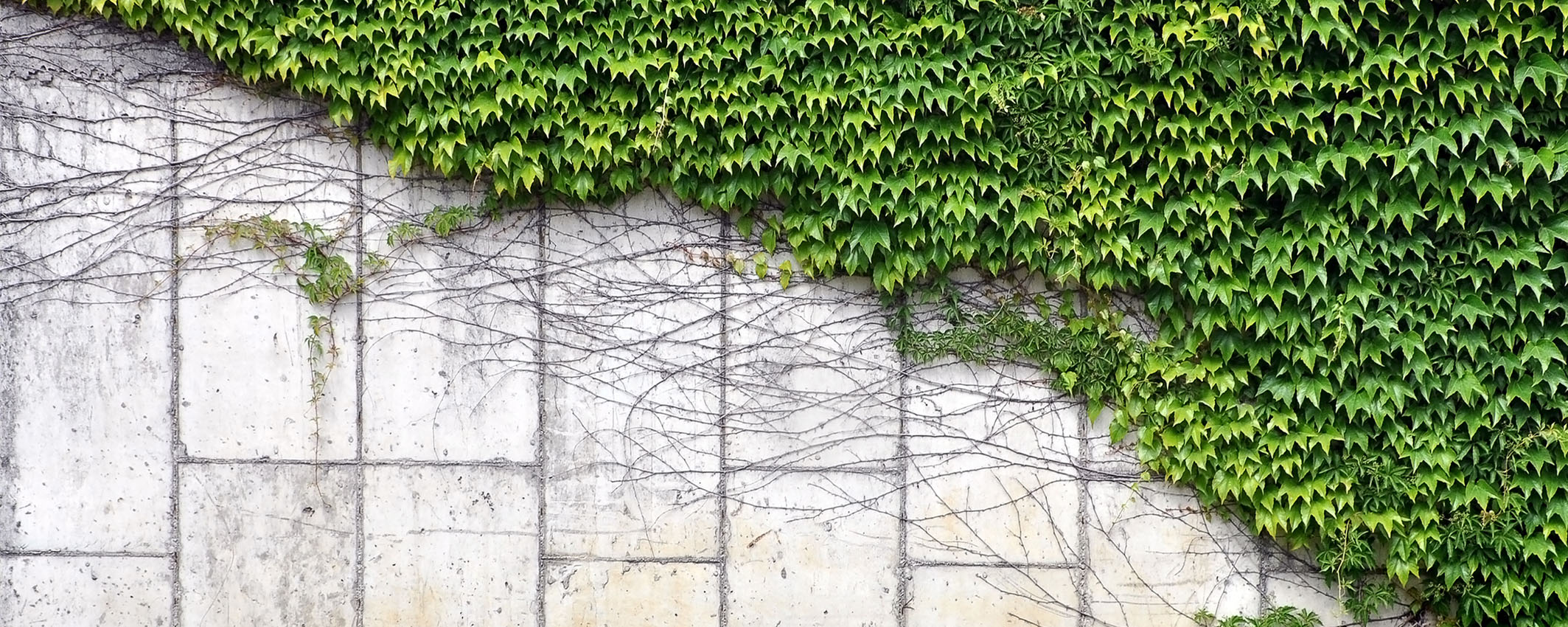
Course Learning Outcomes
On completing the course, students will be able to:
- Understand issues related to nature in the city, the historical relationship between human activity and nature in the urban context, and the spectrum between ‘artificial’ and ‘natural’ and articulate the complex relationship through written forms.
- Articulate the contradictions and expectations in the relationship between us and nature and present them visually.
- Demonstrate how to contextualize these understandings in the students own disciplinary studies, using metaphor, analogies and illustrative skills through visual forms e.g. metaphorical.
Offer Semester and Day of Teaching
Summer Semester
July 2 – 26, 2019 (Tue and Thu) 10:00 am – 1:00 pm
Study Load
| Activities | Number of hours |
| Lectures | 16 |
| Tutorials | 8 |
| Fieldwork / Visits | 3 |
| Demonstration | 3 |
| Interactive games | 3 |
| Peer evaluation | 3 |
| Reading / Self-study | 10 |
| Assessment: Essay / Report writing | 30 |
| Assessment: Group video production and presentation | 20 |
| Assessment: Poster | 40 |
| Total: | 136 |
Assessment Ratio: 100% coursework
| Assessment Tasks | Weighting |
| Tutorial participation | 10 |
| Group video presentation | 20 |
| Individual assessment: Written opinion piece | 30 |
| Poster | 40 |
Required Reading
- Altman, I., & Chemers, M. M. (1980). Culture and environment. Brooks/Cole Publishing Company. [Chap. 2]
- Cronon, W. (1996). Uncommon ground: Rethinking the human place in nature. W.W. Norton & Company. [Introduction]
- Lima, M. (2014). The book of trees: Visualizing branches of knowledge. New York: Princeton Architectural Press.
- Weisman, W. (2007). The world without us. Thomas Dunne Books, St. Martin’s Press, New York. [Chaps. 3, 7]
Recommended Websites
Recommended Reading
- Corlett, R. T. (1997). Human impact on the flora of Hong Kong Island. In N. G. Jablonski (Ed.), The changing face of East Asia during the Tertiary and Quaternary (pp.400-412). Proceedings of the Fourth Conference on the Evolution of the East Asian Environment. Centre of Asian Studies, The University of Hong Kong.
- Fiennes, P. (2017). Oak and ash and thorn. London: Oneworld Publications. [Chap. 10]
- Hageneder, F. (2001). The heritage of trees, history, culture and symbolism. Edinburgh: Floris Books.
- Harare, Y. N. (2011). Sapiens: A brief history of humankind. London: Vintage. [Chap. 5]
- McHarg, I. L. (1964). The place of nature in the city of man. The Annals of the American Academy of Political and Social Science, 352(1), 1-12.
- Owen, B., & Shaw, R. (2007). Hong Kong landscapes: Shaping the Barren Rock (HKU Press Digital Eds.). Hong Kong: Hong Kong University Press.
- Swanwick, C., Dunnett, N., & Woolley, H. (2003). Nature, role and value of green space in towns and cities: An overview. Built Environment, 29, 94-106.
- Swyngedouw, E., & Kaika, M. (2000). The environment of the city… or the urbanization of nature. A Companion to the City, 567-580.
- Wang Shaoqiang (Ed.) (2015). Look at Me! New Poster Design. Sandu Publishing Co., Ltd.
Course Co-ordinator and Teacher(s)
| Course Co-ordinator | Contact |
| Mr G.S. Coates Department of Architecture, Faculty of Architecture |
Tel: 3917 5140 Email: gscoates@hku.hk |
| Teacher(s) | Contact |
| Mr G.S. Coates Department of Architecture, Faculty of Architecture |
Tel: 3917 5140 Email: gscoates@hku.hk |
 |
CCGL9001 Global IssuesHong Kong Cinema through a Global Lens |
Course Description
[The summer offering of this Common Core course is in collaboration with Shanghai Jiaotong University with two weeks on the Mainland (July 8 – 21, 2019) and one week in Hong Kong (July 22 – 28, 2019).
For enrollment on this course, please fill out the form at https://goo.gl/forms/DGrxoH4pqY8maUiY2. The enrollment period has been extended to May 10, 2019. Enrollment will be approved on a first-come-first-served-basis. You will be notified by the Common Core Office on the approval / disapproval of your enrollment via HKU email after the enrollment period.
Students taking this course will stay on the campus of the Partner University while on the Mainland. Funding will be available to support their visit, which includes costs of on-campus accommodation and airport transfer. However, air tickets shall be self-financed and self-arranged by students. The China Affairs Office (class@hku.hk) will contact you directly concerning the logistics after your enrollment has been approved by the Common Core Office.]
In an age where cross-cultural interactions and global traffics are frequent, Hong Kong cinema cannot be regarded merely as a local cinema. It is an interesting site where complex global processes can be traced. Flows of capital, film personnel, technologies, ideas and creativity are vibrantly circulating inside and outside the cultural industry of filmmaking, resulting in phenomena such as transnational co-productions and cross-cultural cooperations. These dynamic processes are inflected in characterization, plot development, and space-time configurations on Hong Kong screens. This course takes students on an interdisciplinary exploration of the local-global interactions from a variety of approaches. With a selection of Hong Kong films, the course aims to help students attain a thorough understanding of the two-way relationship between the local, popular entertainment and the global film scene by investigating the major questions concerning globalization. Film critics and scholars will be invited to conduct guest lectures.
[A fieldtrip to Jackie Chan Film Gallery or Shanghai Film Museum will be scheduled during the two weeks on the Mainland.]
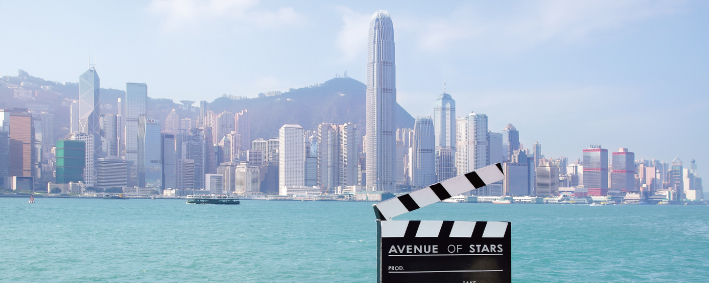
Course Learning Outcomes
On completing the course, students will be able to:
- Review the multi-faceted nature of globalization by acquiring new knowledge about Hong Kong cinema in the global context.
- Identify key concepts that illustrate the interconnected relationship between the global scene and local lives through analysis of cinematic texts and film-institutional practices.
- Articulate the complexity of identity issues in a global world through discussions of filmic texts and filmmakers’ experiences.
- Communicate effectively in oral and written forms through their analyses and discussions of cinematic and cultural texts.
Offer Semester and Day of Teaching
Summer Semester
Mainland China during July 8 – 21, 2019 and Hong Kong during July 22 – 28, 2019
Study Load
| Activities | Number of hours |
| Lectures | 24 |
| Tutorials | 10 |
| Reading / Self-study | 60 |
| Film viewings | 36 |
| Assessment: Essay / Report writing | 25 |
| Assessment: Presentation (incl preparation) | 13 |
| Total: | 168 |
Assessment: 100% coursework
| Assessment Tasks | Weighting |
| Video tests | 60 |
| Group presentation (with report) | 30 |
| Participation in lectures and tutorials | 10 |
Required Reading
Selections from:
- Abbas, A. (1997). Hong Kong: Culture and the politics of disappearance. Hong Kong: Hong Kong University Press. [pp. 16-47]
- Cheung, E. M. K., Marchetti, G., & Tan, S. -K. (2011). Hong Kong screenscapes: From the new wave to the digital frontier. Hong Kong: Hong Kong University Press.
- Chu, Y. W. (2004). Introduction: Globalization and Hong Kong film industry. In E. M. K. Cheung & Y. W. Chu (Eds.), Between home and world (pp. 2-15). Hong Kong: Oxford University Press.
- Corrigan, T. (2005/2011). A short guide to writing about film. New York: Longman.
- Desser, D. (2005). Making movies male: Zhang Che and the Shaw Brothers martial arts movies, 1965-1975. In L. K. Pang & D. Wong (Eds.), Masculinities and Hong Kong cinema (pp. 17-34). Hong Kong: Hong Kong University Press.
- Ford, S. (2008). Mabel Cheung Yuen-Ting’s An autumn’s tale. Hong Kong: Hong Kong University Press.
- Hall, K. E. (2009). John Woo’s The killer. Hong Kong: Hong Kong University Press.
- Kam, L. (2010). Hong Kong culture: Word and image. Hong Kong: Hong Kong University Press.
- Lo, K. C. (2005). Chinese face/off : The transnational popular culture of Hong Kong. Hong Kong: Hong Kong University Press.
- Magnan-Park, A. H. J. (2002). Bruce Lee as the kung fu superman: ‘Yellow masks’ and the restoration of the ethnic hero. Cinescapes of the “yet-to-be-fully-national”: Hong Kong Action Cinema’s Transnational Engagement. PhD. diss. The University of Iowa. [pp. 107-174]
- Magnan-Park, A. H. J. (2011). Restoring the transnational from the abyss of ethnonational film historiography: The case of Chung Chang Wha. The Journal of Korean Studies, 16(2), 249-284.
- Marchetti, G. (2007). Andrew Lau and Alan Mak’s Infernal Affairs – the trilogy. Hong Kong: Hong Kong University Press.
- Marchetti, G., & Tan, S. -K. (2007). Hong Kong film, Hollywood and the new global cinema: No film is an island. London: Routledge.
- Morris, M., Li, S. L., & Chan, C. K. S. (2005). Hong Kong connections: Transnational imagination in action cinema. Durham, NC: Duke University Press; Hong Kong University Press.
- Pang L., & Wong, D. (2005). Masculinities and Hong Kong cinema. Hong Kong: Hong Kong University Press.
- Sima, Q. [Ssu-ma, Ch’ien] (1968). Records of the grand historian of China (B. Watson, Trans.). New York: Columbia University Press.
- Yau, C. M. E. (2001). Introduction: Hong Kong cinema in a borderless world. In C. M. E. Yau (Ed.), At full speed: Hong Kong cinema in a borderless world (pp. 1-28). Minneapolis, MN; London: University of Minnesota Press.
Required Film Viewing
- Chan, F. (Director). (2004). 餃子 [Dumplings].
- Cheung, M. (Director). (1987). 秋天的童話 [An Autumn’s Tale].
- Chow, S. (Director). (2004). 功夫 [Kung Fu Hustle].
- Clouse, R. (Director). (1973). 龍爭虎鬥 [Enter the Dragon].
- Hu, K. (Director). (1966). 大醉俠 [Come Drink with Me].
- Lau, A., & Mak, A. (Directors). (2002). 無間道 [Infernal Affairs].
- Wong, K. (Director). (2000). 花樣年華 [In the Mood for Love].
- Woo, J. (Director). (1989). 喋血雙雄 [The Killer].
- Zwart, H. (Director). (2010). 功夫夢 [The Karate Kid].
Recommended Reading
- Ahn, S. (2012). The Pusan International Film Festival, South Korean cinema and globalization. Hong Kong: Hong Kong University Press.
- Bordwell, D. (2000). Planet Hong Kong: Popular cinema and the art of entertainment. Cambridge, MA: Harvard University Press. [Chap. 9]
- Lee, V. P. Y. (2009). Hong Kong cinema since 1997: The post-nostalgic imagination. Basingstoke, UK: Palgrave Macmillan. [Chap. 5]
- Mathews, G., & Lok, T. L. (2001). Consuming Hong Kong. Hong Kong: Hong Kong University Press.
- Tomlinson, J. (1999). Globalization and culture. Cambridge, UK: Polity Press. [Chap. 1, pp. 1-3]
Recommended Websites
Course Co-ordinator and Teacher(s)
| Course Co-ordinator | Contact |
| Professor G. Marchetti School of Humanities (Comparative Literature), Faculty of Arts |
Tel: 3917 8900 Email: marchett@hku.hk |
| Teacher(s) | Contact |
| Professor G. Marchetti School of Humanities (Comparative Literature), Faculty of Arts |
Tel: 3917 8900 Email: marchett@hku.hk |
 |
CCGL9028 Global IssuesGender, Health, and Globalization[This course is under the thematic cluster of ‘Sustaining Cities, Cultures, and the Earth’.] |
Course Description
[The summer offering of this Common Core course is in collaboration with Nanjing University with two weeks on the Mainland (July 8 – 21, 2019) and one week in Hong Kong (July 22 – 28, 2019).
For enrollment on this course, please fill out the form at https://goo.gl/forms/DGrxoH4pqY8maUiY2. The enrollment period has been extended to May 10, 2019. Enrollment will be approved on a first-come-first-served-basis. You will be notified by the Common Core Office on the approval / disapproval of your enrollment via HKU email after the enrollment period.
Students taking this course will stay on the campus of the Partner University while on the Mainland. Funding will be available to support their visit, which includes costs of on-campus accommodation and airport transfer. However, air tickets shall be self-financed and self-arranged by students. The China Affairs Office (class@hku.hk) will contact you directly concerning the logistics after your enrollment has been approved by the Common Core Office.]
Ming and Mohammed are traveling to the UAE to gain access to reproductive technologies that they cannot obtain in their home countries. Aki travels to Israel to receive a kidney transplant, bypassing the long waitlist for organ transplants in Japan. These are just two examples of the immeasurable ways in which gender, health, and globalization interact.
This course explores the issues of new reproductive technologies, reproductive tourism, organ transplants, organ tourism, and legal and ethical debates to highlight the linkages of globalization, gender and health, and to examine the impact globalization has on women and men’s health around the globe. Globalization is also a cultural process whereby symbols, meanings, structures, and practices that both enable and constrain human thoughts, bodies, and actions circulate unevenly around the globe. Gender, masculinity and femininity, are inherently unstable categories which are produced and reproduced, and increasingly shaped and remolded by the force of globalization. The notions and treatments of health are also gendered and unstable, and the processes of globalization interact actively with shifting perceptions of bodies, health, and illnesses, creating new opportunities and dangerous disparities.
Through readings, class discussions, and other exercises, students will explore a) issues of reproductive and organ tourism, b) bioethical theories on reproduction and organ transplants, and c) globalized health issues, services, and utilization by gender. This course will challenge students to consider the three keywords from a variety of intellectual perspectives and engage more deeply with the increasingly globalized world today.

Course Learning Outcomes
On completing the course, students will be able to:
- Articulate and analyze key concepts and issues related to gender, health, and globalization.
- Discuss and analyze the implications and impacts of globalization for gender and health.
- Recognize and integrate other categories such as race, class, age, ethnicity, and power into analyses of the impacts of globalization on gender and health.
- Describe and analyze the impact of globalization on current local and global health issues.
- Describe and critically examine the gender inequities arising from processes of globalization, and the impact on health.
Offer Semester and Day of Teaching
Summer Semester
Mainland China during July 8 – 21, 2019 and Hong Kong during July 22 – 28, 2019
Study Load
| Activities | Number of hours |
| Lectures | 24 |
| Tutorials | 8 |
| Reading / Self-study | 40 |
| Assessment: Online disucssions | 8 |
| Assessment: Presentation (incl preparation) | 8 |
| Assessment: Final project | 34 |
| Total: | 122 |
Assessment: 100% coursework
| Assessment Tasks | Weighting |
| Class participation and tutorial discussions | 20 |
| Group presentation | 15 |
| Online discussion | 15 |
| Final Project | 50 |
Required Reading
- Bashford, A. (2015). Bioscapes: Gendering the global history of medicine. Bulletin of the History of Medicine, 89(4), 690-695.
- Bramstedt, K. A., & Xu, J. (2007). Checklist: Passport, plane ticket, organ transplant. American Journal of Transplantation, 7, 1698–1701.
- Caplan, A. L., McCartney, J. J., & Reid, D. P. (2015). Replacement parts: The ethics of procuring and replacing organs in humans. Washington, D.C: Georgetown University Press. [Selections]
- Cohen, F., Speier, A. & Frohlick, S. (2015). Kinship travel: Relatedness through international tourism and travel networks. Anthropologica, 57(1), 13-18.
- Corfee, F. AR. (2015, May 22). Transplant tourism and organ trafficking: Ethical implications for the nursing profession. Nurse Ethics.
- Danovitch, G. M. (2013, June 15). Organ trafficking and transplant tourism: The role of global professional ethical standards—The 2008 Declaration of Istanbul. Transplantation, 95(11), 1306–1312.
- Danovitch, G. M., & Delmonico, F. L. (2015). China on the brink: There is hope for the end of their use of executed prisoner organs. Hepatobiliary Surgery and Nutrition, 4(2), 136–137.
- Delmonico, F. L. (2009, April). The implications of Istanbul Declaration on organ trafficking and transplant tourism. Current Opinion in Organ Transplantation, 14(2), 116–119.
- Deonandan, R. (2015). Recent trends in reproductive tourism and international surrogacy: ethical considerations and challenges for policy. Risk Management and Healthcare Policy, 8, 111–119.
- Frohlick, S. (2015). “Souvenir babies” and abandoned homes: Tracking the reproductive forces of tourism. Anthropologica, 57(1), 63-76.
- Gill, J. S., & Delmonico, F. L. (2015). Transplant tourism versus proper travel for transplantation. Clinical Liver Disease, 6, 90–91.
- Inhorn, M. C. (2016). Medical cosmopolitanism in global Dubai: A twenty-first-century transnational intracytoplasmic sperm injection (ICSI) depot. Medical Anthropology Quarterly.
- Inhorn, M. C., & Patrizio, P. (2015). Infertility around the globe: New thinking on gender, reproductive technologies, and global movements in the 21st Century. Human Reproduction Update, 21(4), 411-426.
- Inhorn, M. C., & Tremayne, S. (2016). Islam, assisted reproduction, and the bioethical aftermath. Journal of Religion and Health, 55(2), 422-430.
- Inhorn, M. C., & Wentzell, E. (2011). Embodying emergent masculinities: Reproductive and sexual health technologies in the Middle East and Mexico. American Ethnologist, 38(4), 801-815.
- Lunt, N., Horsfall, D., & Hanefeld, J. (2015). Handbook on medical tourism and patient mobility. Edward Elgar Publishing. From http://EconPapers.repec.org/RePEc:elg:eebook:15607
- Payne , J. G. (2016). Grammars of kinship: Biological motherhood and assisted reproduction in the Age of Epigenetics. Signs: Journal of Women in Culture and Society, 41(3), 483-506.
- Van Beers, B. C. (2015, Winter). Is Europe ‘giving in to baby markets?’ Reproductive tourism in Europe and the graduate erosion of existing legal limits to reproductive markets. Medical Law Review, 23(1), 103-134.
- Walmsley, H., Cox, S. M., & Leggo, C. (2015). Listening deeply: Understanding experiences of reproductive tourism through poetic inquiry. Creative Approaches to Research, 8(3), 15-43.
Recommended Reading
Book excerpts:
- Dyck, I., Lewis, N. D., & McLafferty, S. (Eds.). (2001). Geographies of women’s health. London; New York: Routledge.
- Kickbusch, I., Hartwig, K. A., & List, J. M. (Eds.). (2005). Globalization, women, and health in the twenty-first century. New York: Palgrave Macmillan.
- López, I. (2008). Matters of choice: Puerto Rican women’s struggle for reproductive freedom. New Brunswick, N. J.: Rutgers University Press.
- Rabin, C. L. (Ed.). (2005). Understanding gender and culture in the helping process: Practitioners’ narratives from global perspectives. Belmont, Calif.: Thomson/Wadsworth.
- Ratcliff, K. S. (2002). Women and health: Power, technology, inequality, and conflict in a gendered world. Boston, Mass: Allyn and Bacon.
- Scheper-Hughes, N., & Wacquant, L. (Eds.). (2002). Commodifying bodies. London: Sage Publications.
Recommended Website
Course Co-ordinator and Teacher(s)
| Course Co-ordinator | Contact |
| Dr I. Nakayama Hong Kong Institute for the Humanities and Social Sciences |
Tel: 3917 1919 Email: nakayama@hku.hk |
| Teacher(s) | Contact |
| Dr I. Nakayama Hong Kong Institute for the Humanities and Social Sciences |
Tel: 3917 1919 Email: nakayama@hku.hk |
 |
CCGL9034 Global IssuesGlobalization and Architecture[This course is under the thematic cluster of ‘Sustaining Cities, Cultures, and the Earth’.] |
Course Description
[The summer offering of this Common Core course is in collaboration with Shanghai Jiaotong University with two weeks on the Mainland (July 8 – 21, 2019) and one week in Hong Kong (July 22 – 28, 2019).
For enrollment on this course, please fill out the form at https://goo.gl/forms/DGrxoH4pqY8maUiY2. The enrollment period has been extended to May 10, 2019. Enrollment will be approved on a first-come-first-served-basis. You will be notified by the Common Core Office on the approval / disapproval of your enrollment via HKU email after the enrollment period.
Students taking this course will stay on the campus of the Partner University while on the Mainland. Funding will be available to support their visit, which includes costs of on-campus accommodation and airport transfer. However, air tickets shall be self-financed and self-arranged by students. The China Affairs Office (class@hku.hk) will contact you directly concerning the logistics after your enrollment has been approved by the Common Core Office.]
This course aims to examine how the condition of globalization reveals itself in architecture and the urban environment. In our immediate surroundings, it would benefit us greatly if we can grasp how the buildings that we inhabit are made and how they function. With an improved understanding of the various forces at play in the shaping of our human-made environment, we should be encouraged to think of ways to support a healthier kind of citizenry participation in the making of our buildings in the era of globalization. Paul Ricoeur described a condition of “universal civilization” that encapsulates a scientific spirit and consumer culture. Today, we are perhaps operating universally under the effects of globalization, aided in no small part by the advent of the information age as well as technological advancement, and a more liberal flow of capital and labour. This course will seek the architecture and city we live in as a barometer that measures these effects – appraising specifically the qualities and identities of buildings and districts built or transformed as a result of globalization. By understanding the innovative and co-operative forms that have emerged, as well as resistances of local practices to external forces, we will be better equipped to cope with these global forces. This course will, more specifically, examine seven different types of building typologies and environments in our cities.
[Fieldtrips and visits to design practices will be held in Shanghai and Hong Kong.]
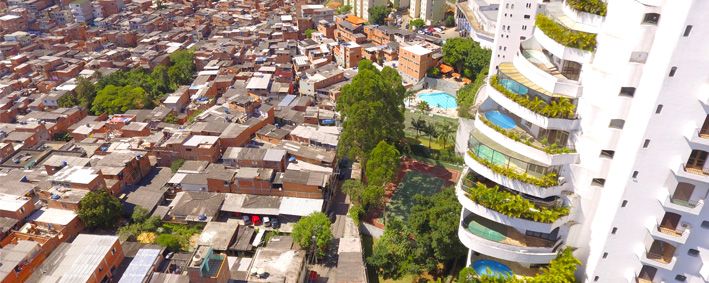
Course Learning Outcomes
On completing the course, students will be able to:
- Define the important characteristics of the various economic, political, sociological, cultural and urban forces of globalization, and identify critical theories that had influenced the development of architecture and the city.
- Analyze the viability of various theories of globalization, and how different architectural and urban manifestations of globalization had enhanced the lives of its inhabitants, while incurring implied or hidden costs to society. Evaluate how each of the case studies were carried out, and how improvements may be made for the future.
- Demonstrate awareness towards the collaborative and interdisciplinary nature of the making of our cities, especially in light of the dissolving of conventional boundaries for improved global connectivity, for better tolerance of differences in our society, and for a more socially and environmentally sustainable approach towards our built environment.
- Identify the broad literature that surrounds the concept of globalization, and its impact on our built environment.
Offer Semester and Day of Teaching
Summer Semester
Mainland China during July 8 – 21, 2019 and Hong Kong during July 22 – 28, 2019
Study Load
| Activities | Number of hours | Lectures | 24 |
| Tutorials | 8 |
| Fieldwork / Visits | 16 |
| Film screening and discussion | 2 |
| Reading / Self-study | 54 |
| Assessment: Presentation (incl preparation) | 36 |
| Assessment: Quizzes | 1 |
| Assessment: Mid-term essay | 2 |
| Total: | 143 |
Assessment: 100% coursework
| Assessment Tasks | Weighting |
| Tutorial participation | 30 |
| Participation in workshops | 20 |
| Quizzes | 10 |
| Group project and presentation | 40 |
Required Reading
Excerpts from:
- Appadurai, A. (1996). Modernity at large: Cultural dimensions of globalization. Minneapolis, MN: University of Minnesota Press.
- Augé, M. (1995). Non-places: An introduction to supermodernity. London; New York: Verso.
- Colquhoun, A. (1997). The concept of regionalism. In G. B. Nalbantoglu & C. T. Wong (Eds.), Postcolonial space(s). New York: Princeton Architectural Press.
- Davis, M. (1992). Fortress Los Angeles: The militarization of urban space. In M. Sorkin (Ed.), Variations on a theme park: The new American city and the end of public space. New York: Hill and Wang.
- Easterling, K. (2005). Enduring innocence: Global architecture and its political masquerades. Cambridge, MA; London: MIT Press.
- Hardt, M., & Negri, A. (2000). Empire. Cambridge, MA: Harvard University Press.
- Jarzombek, M., Vikramaditya, P., & Ching, F. D. K. (2011). Globalization takes command. In A global history of architecture (2nd ed.). Hoboken, NJ: Wiley.
- Koolhaas, R. (1995). The Generic City. In R. Koolhaas, OMA & B. Mau (Eds.), Small, medium, large, extra-large. New York: Monacelli Press.
- Koolhaas, R. (2002). Junkspace. In A. Mikayke & H. U. Obrist (Eds.), Bridge the gap? Kitakyushu, Japan: Center for Contemporary Art (CCA).
- Krauss, R. (1990, Autumn). The cultural logic of the late capitalist museum. October, 54, 3-17.
- Mitchell, W. (1999). E-topia. Cambridge: MIT Press.
- Ren, X. (2011). Building globalization: Transnational architecture production in urban China. Chicago: University of Chicago Press.
- Sassen, S., & Roost, F. (1999). The city: Strategic site for the global entertainment industry. In D. R. Judd & S. S. Fainstein (Eds.), Tourist city. New Haven: Yale University Press.
- Sassen, S. (2000). Geographies and countergeographies of globalization. In C. Davidson (Ed.), Anymore. Cambridge, MA: MIT Press.
- Smil, V. (2010). Prime movers of globalization. Cambridge: MIT Press.
Course Co-ordinator and Teacher(s)
| Course Co-ordinator | Contact |
| Mr H.K. Wee Department of Architecture, Faculty of Architecture |
Tel: 3917 7963 Email: koonwee@hku.hk |
| Teacher(s) | Contact |
| Mr H.K. Wee Department of Architecture, Faculty of Architecture |
Tel: 3917 7963 Email: koonwee@hku.hk |


